The Most International Japanese Architect Recognised for His Work
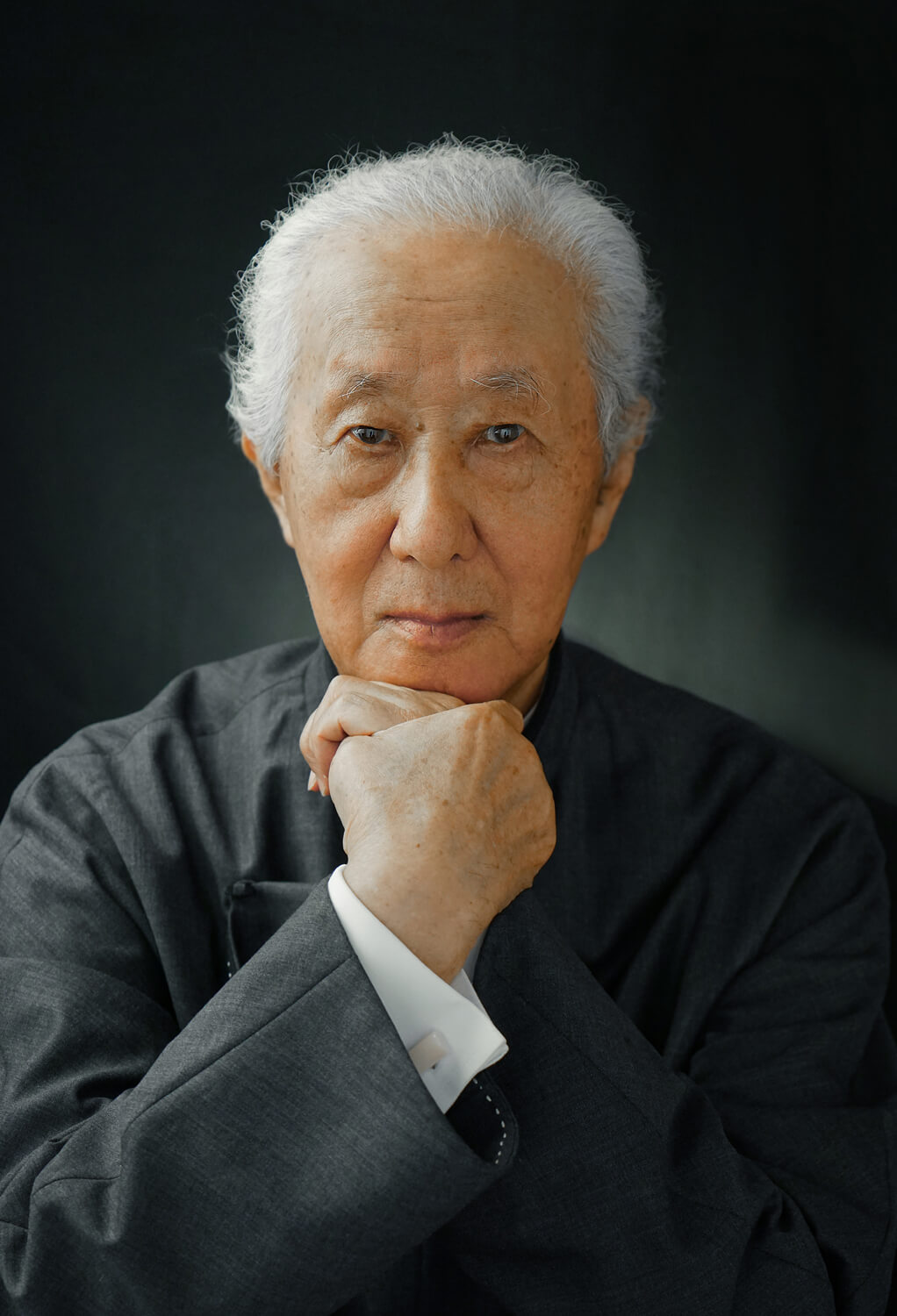
Courtesy of the Pritzker Architecture Prize.
We know him for his somewhat crazy creations, like the idea of a city suspended above Tokyo’s Shinjuku district, ‘City of Air’, designed in 1962. Now, Arata Isozaki has won the 2019 Pritzker Prize, architecture’s equivalent of a Nobel Prize. His imagination and awareness of the impermanence of things – he grew up close to Hiroshima, which was devastated by the atomic bomb – pushed him to continually develop his style.
Isozaki is also a keen traveller, and the first Japanese architect to mix western influences with Japanese style. One of his best-known works is the Palau Sant Jordi stadium in Barcelona, which he half-buried in order to showcase the surrounding hills and which has a curved shape that recalls Buddhist temples. More recently, he created Ark Nova with artist Anish Kapoor. The aim of this inflatable, mobile concert hall was to provide entertainment for the residents of regions affected by the 2011 tsunami, thus lightening hearts through architecture.
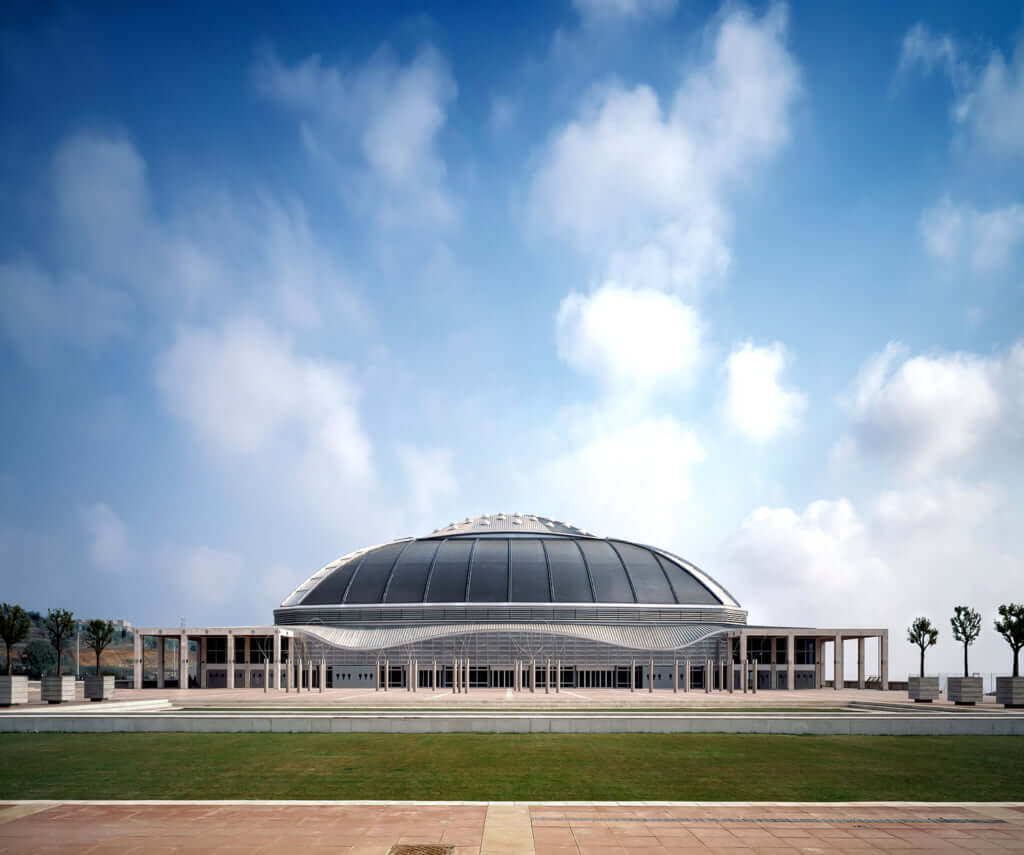
Palau Sant Jordi, 1983-1990, Barcelona, Spain. Photo courtesy of Hisao Suzuki. Courtesy of the Pritzker Architecture Prize.
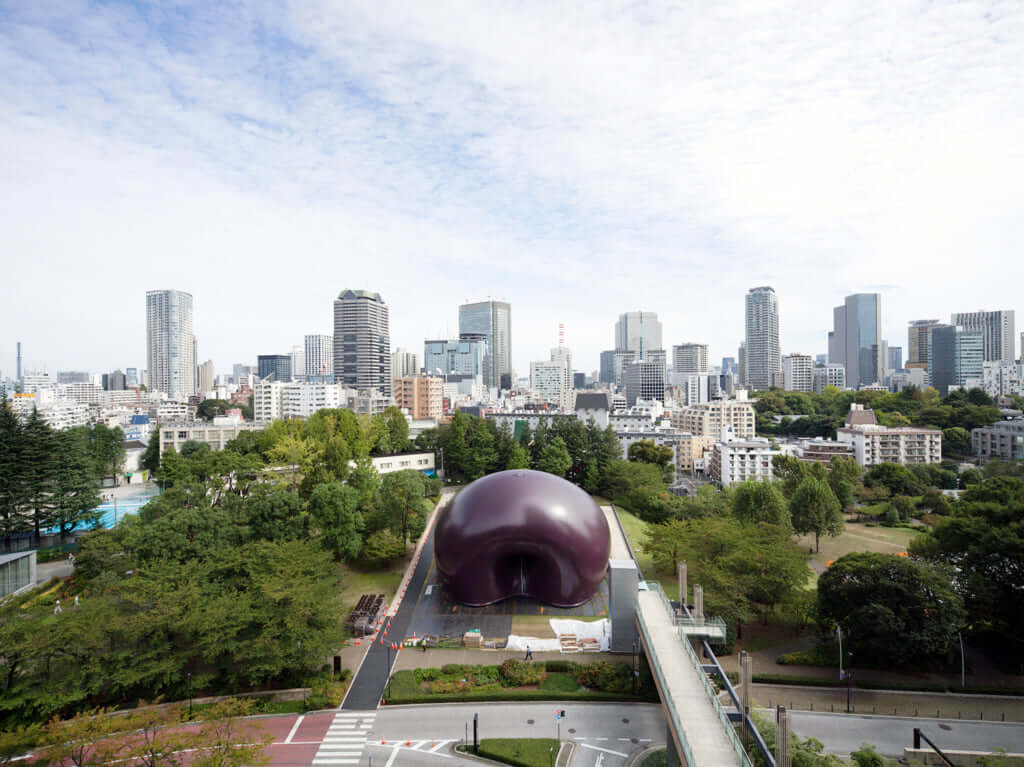
Tokyo. LUCERNE FESTIVAL ARK NOVA (designed by Anish Kapoor and Arata Isozaki), Miyagi (2011-2013, 2014), Japan, Fukushima (2015), Tokyo (2017). Courtesy of the Pritzker Architecture Prize.
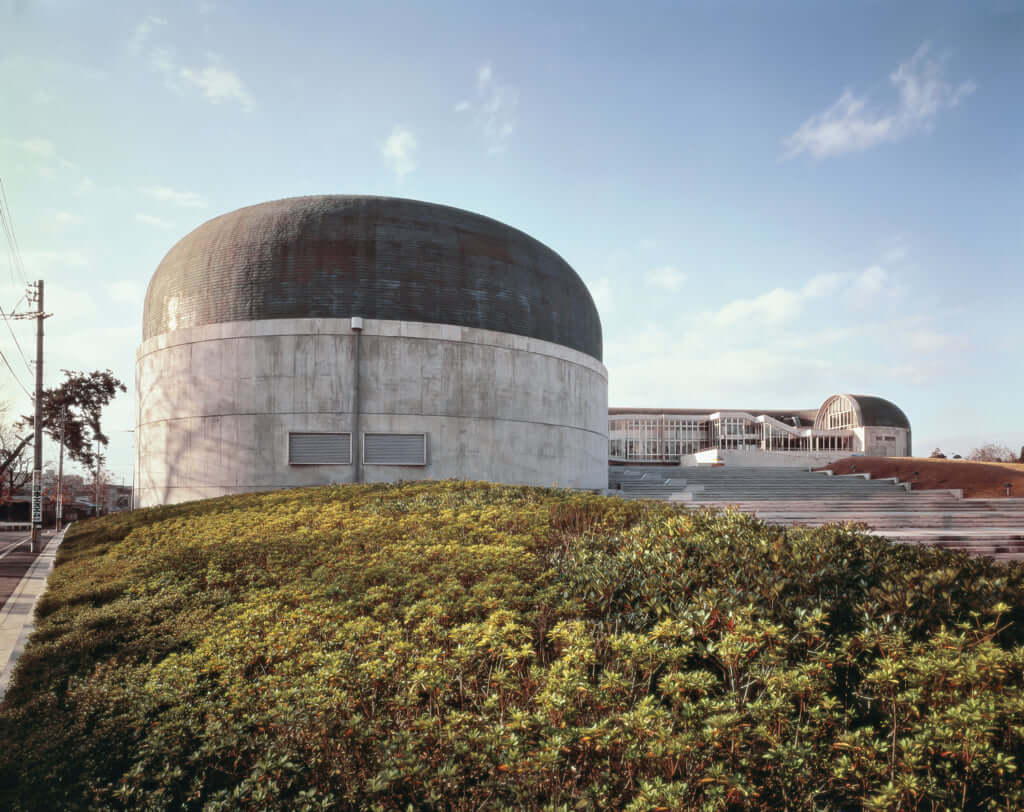
Kitakyushu Central Library, 1973-1974, Fukuoka, Japan. Photo courtesy of Yasuhiro Ishimoto. Courtesy of the Pritzker Architecture Prize.
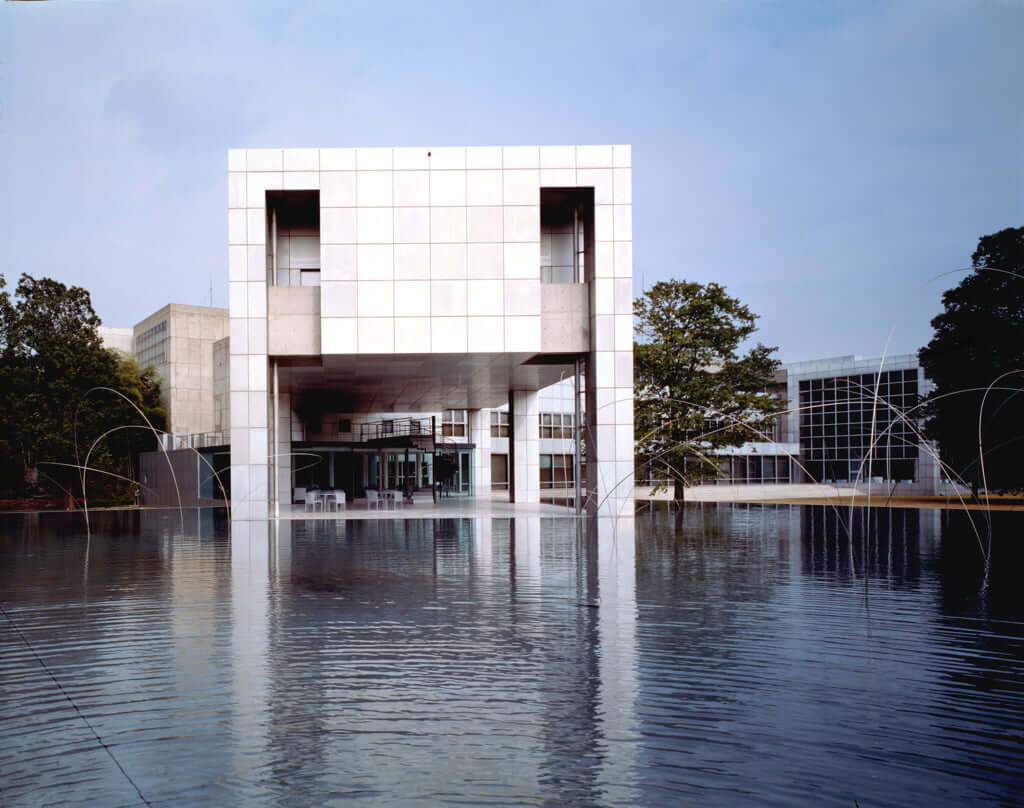
The Museum of Modern Art, 1971-1974, Gunma, Japan. Photo courtesy of Yasuhiro Ishimoto. Courtesy of the Pritzker Architecture Prize.
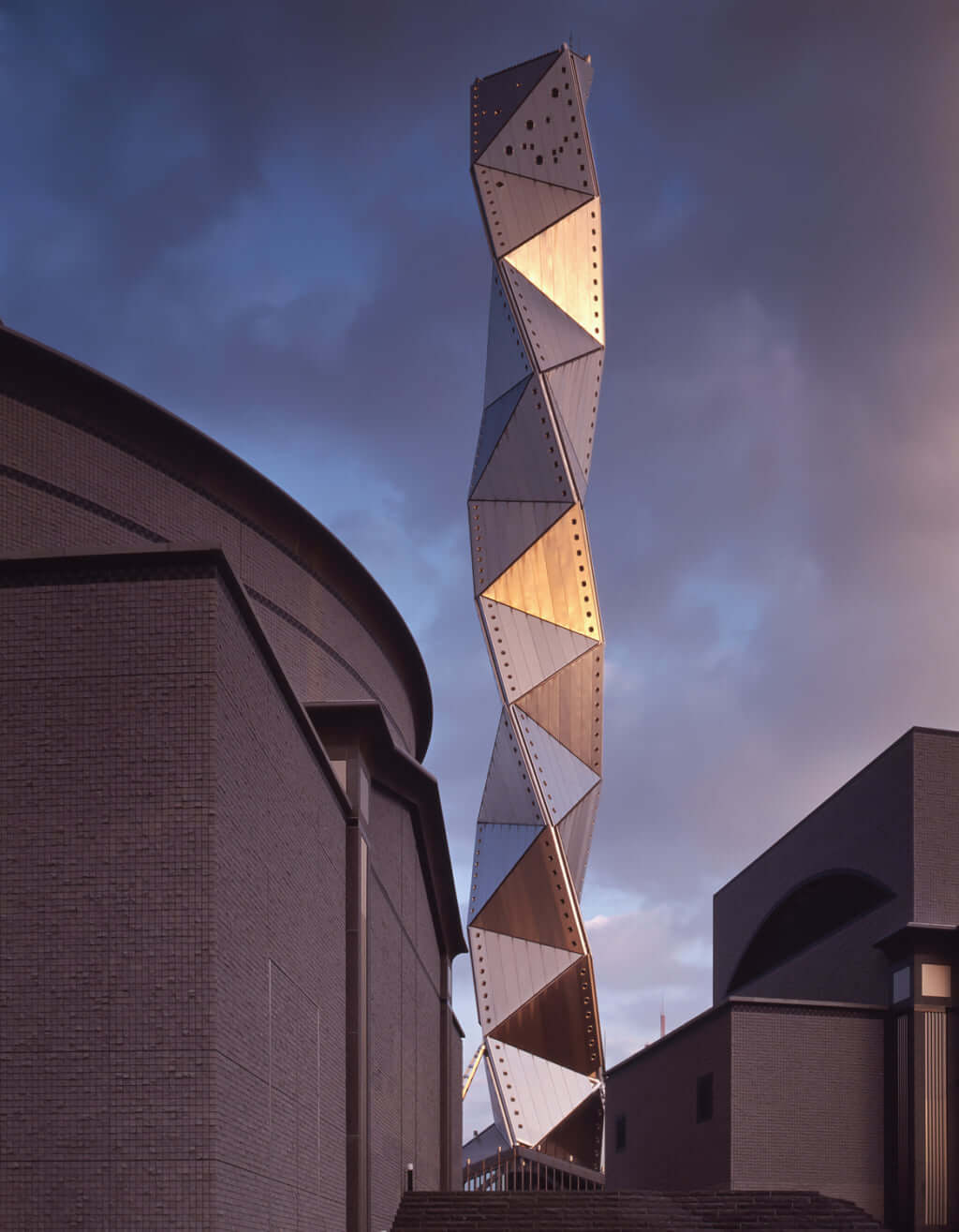
Art Tower Mito, 1986-1990, Ibaraki, Japan. Photo courtesy of Yasuhiro Ishimoto. Courtesy of the Pritzker Architecture Prize.
TRENDING
-
A House from the Taisho Era Reveals Its Secrets
While visiting an abandoned building, Hamish Campbell discovered photographs the owner had taken of the place in the 1920s.

-
The Taboo-Breaking Erotica of Toshio Saeki
The master of the 1970s Japanese avant-garde reimagined his most iconic artworks for a limited box set with silkscreen artist Fumie Taniyama.

-
With Meisa Fujishiro, Tokyo's Nudes Stand Tall
In the series 'Sketches of Tokyo', the photographer revisits the genre by bringing it face to face with the capital's architecture.

-
Masahisa Fukase's Family Portraits
In his series ‘Family’, the photographer compiles surprising photos in which he questions death, the inescapable.

-
Hajime Sorayama's Futuristic Eroticism
The illustrator is the pioneer for a form of hyperrealism that combines sensuality and technology and depicts sexualised robots.





